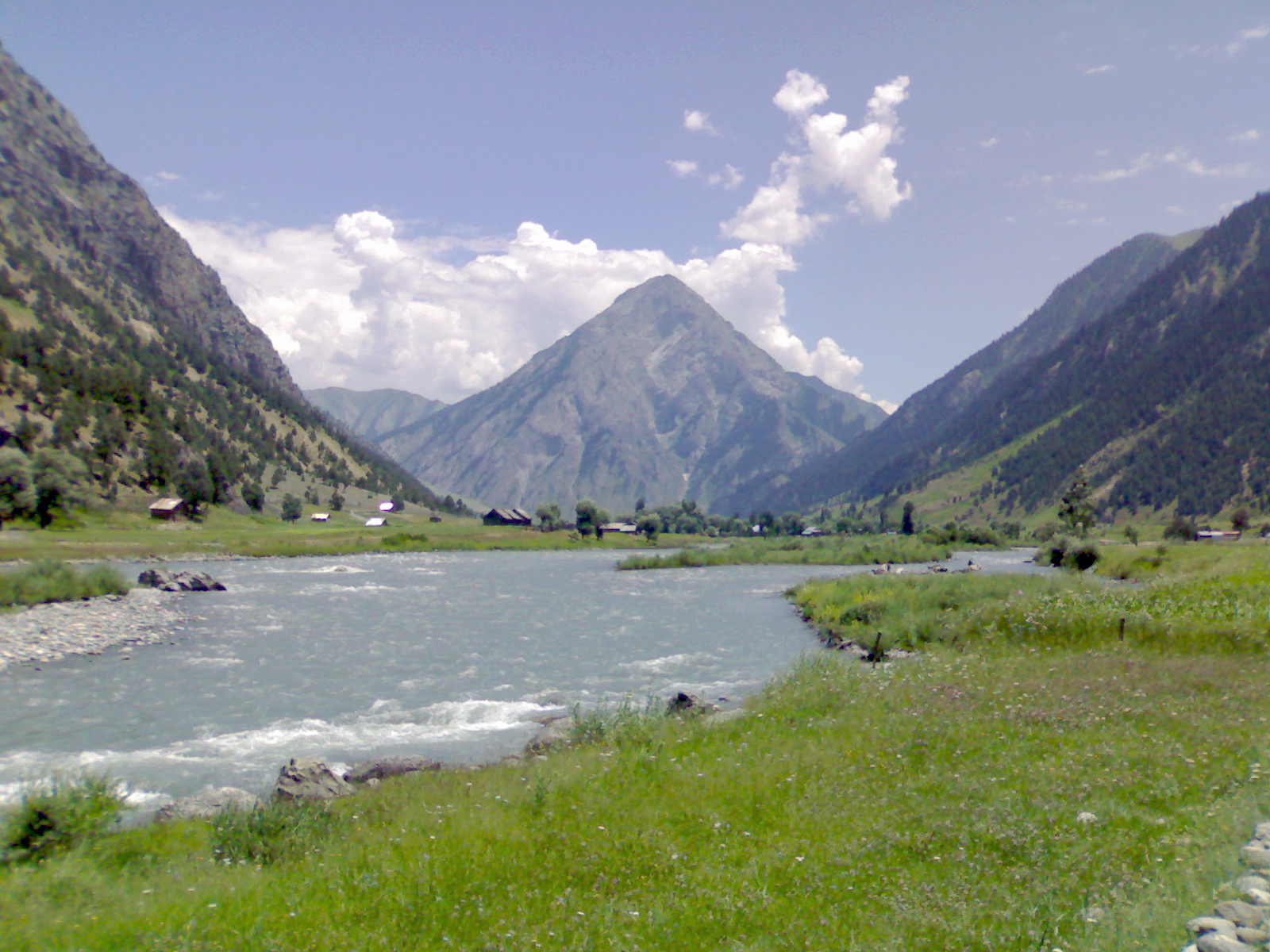|
Habba Khatun
Habba Khatoon (born Zoon; 1554 – 1609; sometimes spelled Khatun), also known by the honorary title ''The Nightingale of Kashmir'', was a Kashmiri Muslim poet and ascetic in the 16th century. Her compositions have been sung and recited countless times since their inception in the valley, and she's considered as one of the greatest Kashmiri poets of all time, with unmatched verbal prowess. Biography She was born in a small village in Chandhara. Pampore, Pulwama in Kashmir. Her real name was Zoon or Zun, a common Kashmiri first name According to the oral tradition, she was called Zoon because of her great beauty. Although a peasant, she learnt how to read and write from the village moulvi. According to legend, one day Yousuf Shah Chak, the last independent emperor of Kashmir, was out hunting on horseback. He heard Zoon singing under the shade of a chinar tree, and the couple met and fell in love. The oral tradition describes Zoon as Yousuf Shah Chak's queen consort, alt ... [...More Info...] [...Related Items...] OR: [Wikipedia] [Google] [Baidu] |
Chak Dynasty
The Chak dynasty was a dynasty that ruled the region of Kashmir after the Shah Mir dynasty. The origins of the Chaks are unclear, they are said to be native Kashmiris of Dardic origin. The Chak dynasty ruled from 1561 to 1586. Ghazi Chak is referred as the first Chak ruler. The dynasty rose to power after the death of the Turco-Mongol military general, Mirza Muhammad Haidar Dughlat. Rulers Religion The Chak dynasty was the first Shi‘a dynasty to rule over any part of northern India. The rulers of the dynasty played a significant role in spreading Shi‘ism. Architecture Some of the architectural projects commissioned by the Chak dynasty in Kashmir include: *Red Fort, Muzaffarabad Red Fort (), also known as Muzaffarabad Fort, is a 17th-century fortification located in Muzaffarabad, Azad Jammu and Kashmir, Pakistan. It was built by the Chak dynasty of Kashmir. The fort is locally referred to as the 'Rutta Qila' or just 'qil ... See also * List of Monarchs of Kashmir Re ... [...More Info...] [...Related Items...] OR: [Wikipedia] [Google] [Baidu] |
Hindi
Hindi (Devanāgarī: or , ), or more precisely Modern Standard Hindi (Devanagari: ), is an Indo-Aryan language spoken chiefly in the Hindi Belt region encompassing parts of northern, central, eastern, and western India. Hindi has been described as a standardised and Sanskritised register of the Hindustani language, which itself is based primarily on the Khariboli dialect of Delhi and neighbouring areas of North India. Hindi, written in the Devanagari script, is one of the two official languages of the Government of India, along with English. It is an official language in nine states and three union territories and an additional official language in three other states. Hindi is also one of the 22 scheduled languages of the Republic of India. Hindi is the '' lingua franca'' of the Hindi Belt. It is also spoken, to a lesser extent, in other parts of India (usually in a simplified or pidginised variety such as Bazaar Hindustani or Haflong Hindi). Outside India, several ot ... [...More Info...] [...Related Items...] OR: [Wikipedia] [Google] [Baidu] |
17th-century Indian Women Writers
The 17th century lasted from January 1, 1601 ( MDCI), to December 31, 1700 ( MDCC). It falls into the early modern period of Europe and in that continent (whose impact on the world was increasing) was characterized by the Baroque cultural movement, the latter part of the Spanish Golden Age, the Dutch Golden Age, the French ''Grand Siècle'' dominated by Louis XIV, the Scientific Revolution, the world's first public company and megacorporation known as the Dutch East India Company, and according to some historians, the General Crisis. From the mid-17th century, European politics were increasingly dominated by the Kingdom of France of Louis XIV, where royal power was solidified domestically in the civil war of the Fronde. The semi-feudal territorial French nobility was weakened and subjugated to the power of an absolute monarchy through the reinvention of the Palace of Versailles from a hunting lodge to a gilded prison, in which a greatly expanded royal court could be more easily k ... [...More Info...] [...Related Items...] OR: [Wikipedia] [Google] [Baidu] |
16th-century Indian Women Writers
The 16th century begins with the Julian year 1501 ( MDI) and ends with either the Julian or the Gregorian year 1600 ( MDC) (depending on the reckoning used; the Gregorian calendar introduced a lapse of 10 days in October 1582). The 16th century is regarded by historians as the century which saw the rise of Western civilization and the Islamic gunpowder empires. The Renaissance in Italy and Europe saw the emergence of important artists, authors and scientists, and led to the foundation of important subjects which include accounting and political science. Copernicus proposed the Copernican heliocentrism, heliocentric universe, which was met with strong resistance, and Tycho Brahe refuted the theory of celestial spheres through observational measurement of the SN 1572, 1572 appearance of a Milky Way supernova. These events directly challenged the long-held notion of an immutable universe supported by Ptolemy and Aristotle, and led to major revolutions in astronomy and science. Ga ... [...More Info...] [...Related Items...] OR: [Wikipedia] [Google] [Baidu] |



